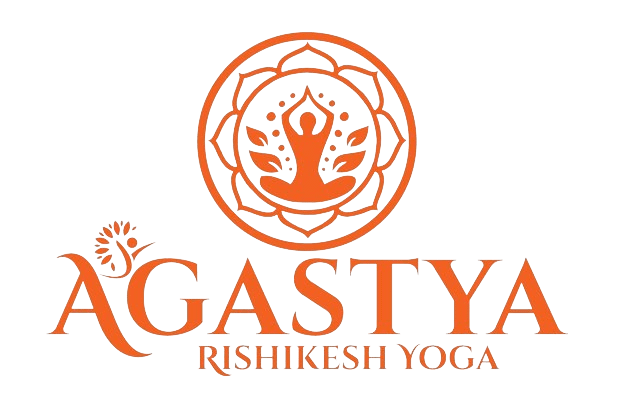The Importance of Anatomy and Physiology in Yoga Teacher Training
Introduction
Anatomy and physiology form the foundation of yoga practice, playing a crucial role in yoga teacher training courses. Aspiring yoga teachers embark on a journey to deepen their understanding of the human body, enabling them to guide their students safely and effectively through yoga practice. In this blog post, we’ll explore the significance of anatomy and physiology in yoga teacher training, highlighting its relevance and impact on becoming a certified yoga teacher.
The Integration of Anatomy and Physiology in Yoga Teacher Training
- Anatomy and physiology serve as the cornerstone of yoga teacher training programs, providing essential knowledge about the structure and function of the human body.
- Understanding anatomy enables yoga teachers to comprehend the biomechanics of yoga poses, including the alignment of bones, muscles, and joints.
- Physiology delves into the physiological responses of the body during yoga practice, such as the regulation of breath, circulation, and nervous system activity.
Enhancing Safety and Injury Prevention
- An in-depth knowledge of anatomy helps yoga teachers identify potential anatomical limitations and contraindications for their students.
- Understanding the biomechanics of yoga poses allows teachers to offer appropriate modifications and adjustments, reducing the risk of injuries during practice.
- Physiology insights enable teachers to guide students in breath awareness and regulation, promoting safe and mindful movement on the mat.
Deepening Awareness and Mind-Body Connection
- Anatomy and physiology education fosters a deeper awareness of the interconnectedness between body, mind, and breath in yoga practice.
- Aspiring yoga teachers learn to integrate anatomical cues with breath awareness, facilitating a profound mind-body connection in their teaching.
- Knowledge of physiological processes enhances students’ understanding of the physiological benefits of yoga, such as stress reduction, improved circulation, and enhanced relaxation response.
The Practical Application in Teaching
- Yoga teacher training programs incorporate anatomy and physiology teachings into practical applications, including asana workshops, alignment labs, and teaching practicums.
- Through hands-on experience and experiential learning, aspiring teachers gain confidence in applying anatomical knowledge to their teaching methodology.
- Anatomy and physiology serve as guiding principles in sequencing yoga classes, designing therapeutic practices, and adapting yoga for diverse populations.
Conclusion
In conclusion, anatomy and physiology form an integral part of yoga teacher training, empowering aspiring teachers with the knowledge and skills necessary to guide students safely and effectively on their yoga journey. By understanding the intricacies of the human body and its physiological responses to yoga practice, certified yoga teachers can create inclusive, accessible, and transformative experiences for their students.

